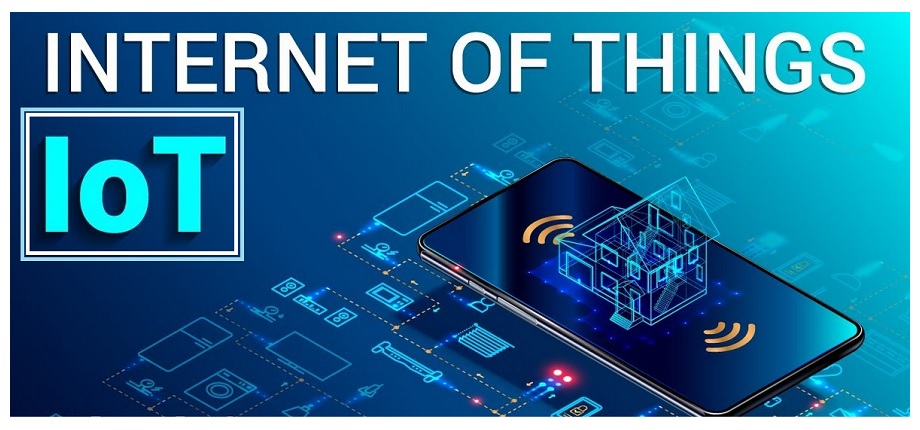The Internet of Things is a term that has been coined to describe the concept of having multiple interconnected devices. This is used in many different industries, including medical and food production. The technology is easy to use and provides a lot of benefits for businesses.
What is an IoT Sim?
IoT stands for “the Internet of Things.” It’s a term used to describe the growing trend of interconnected devices, systems and networks that can be managed using digital technology. IoT refers to all the things around us that are connected to the internet, from our homes and offices to our cars and appliances. There are many different kinds of IoT Simulators, but one of the simplest is an IoT Simulator for Arduino. This simulator lets you control devices connected to your computer using a programming language called Arduino.
What is the Internet Of Things?
The Internet of Things (IoT) is a network of physical devices and software that enables digital interactions between these devices. These interactions can take place over a network, such as the internet, or through dedicated communication channels, such as Bluetooth or RFID.
The IoT refers to the entire range of devices that are connected to the internet, from tiny sensors in your home to gigantic industrial machinery. The IoT has the potential to revolutionise how we live and work, by making our lives more efficient and our economies more productive.
One of the key benefits of the IoT is that it can enable us to track and monitor our physical infrastructure in real-time. This could be used for things like monitoring energy usage, managing traffic flow, or detecting and dealing with acts of sabotage.
The IoT also has the potential to create new ways of interacting with our environment. For example, we might be able to use it to control our homes remotely via smart appliances or sensors. Or we could use it to monitor environmental conditions remotely, in order to make informed decisions about how we manage our resources.
How the Internet Of Things is turning technology into smarter technology
The Internet of Things (IoT) is an interconnected network of devices that can communicate with each other to collect data or perform tasks. The IoT is a vast and growing field, with many potential applications. One of the most common uses of the IoT is to improve the quality of our lives by making our devices smarter. For example, our cars could be fitted with sensors that monitor our driving habits and notify us if we are breaking the law. Our homes could be fitted with sensors that monitor our energy use and warn us if we are about to run out of power. Our health could be monitored using sensors in our clothing or in our bodies to detect signs of illness. And our appliances could be fitted with sensors that monitor their performance and send alerts if something goes wrong.
The IoT is turning technology into smarter technology by allowing us to connect devices in ways that were never possible before. By gathering data from multiple sources, we can create meaningful insights that help us improve our lives. In addition, the IoT has the potential to make businesses more efficient and profitable by automating processes and saving money on resources.
Why have the Internet Of Things been important?
The Internet of Things (IoT) has been on the rise in recent years because it offers a range of benefits for businesses and consumers. Here are three reasons why IoT is so important:
- Increased Efficiency: The IoT allows devices to communicate with each other to make processes more efficient. For example, a smart refrigerator can know when you’re running low on milk and order more from the grocery store, saving you time and money.
- Increased Security: The IoT also helps to protect businesses and individuals from cyber-attacks. For example, sensors in a factory could detect if there’s a fire, and send an alert to the safety team so they can evacuate.
- Increased Productivity: The IoT also enables companies to track customer data and use that information to improve their products or services. For example, Nike could use sensor data to track how often people run on their treadmill, which would help them make better recommendations about what type of shoes to sell.
Benefits and risks of using an IoT Sim
IoT is the abbreviation for the “Internet of Things”. It is a term used for referring to a Wi-Fi enabled world where physical objects are connected to the internet. The IoT allows you to connect devices like cameras, thermostats, and even cars to the internet so that you can track their status and make changes remotely.
There are many benefits to using an IoT Sim. For example, you can use it to monitor your assets and keep them running smoothly. You can also use it to gather data about your customers or products so that you can improve your business. However, there are also risks associated with using an IoT Sim. For example, if your devices are hacked, then malicious people could access your sensitive information. Additionally, if your devices are not properly secured, then criminals could steal them or use them to commit other crimes.
Ultimately, it is important to weigh the benefits and risks of using an IoT Sim before making a decision. If you decide that it is worth incorporating an IoT Sim into your business strategy, then be sure to choose one that is reputable and has robust security measures in place.
Conclusion
The internet of things (IoT) is a growing trend in the world of technology and business. IoT refers to the interconnectedness of physical devices with the internet, allowing them to share data and communicate with one another. This network of devices can be used for a variety of purposes, such as monitoring energy consumption or inventory levels, managing traffic flows, or even granting access to physical assets based on predetermined rules. The possibilities are endless and the potential benefits are significant; so if you’re interested in learning more about what IoT has to offer your business, keep reading!




